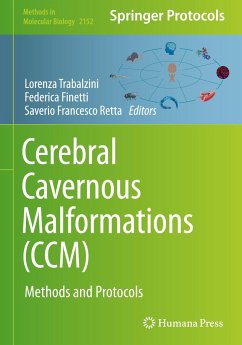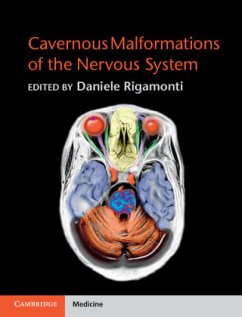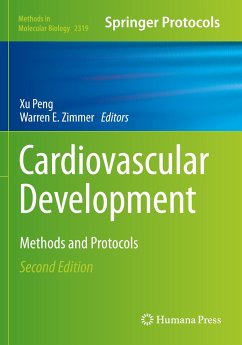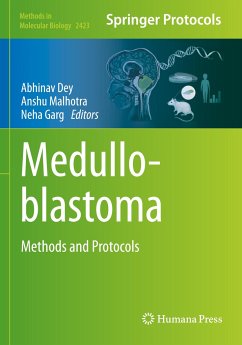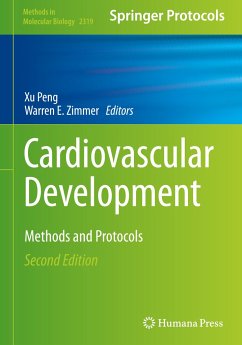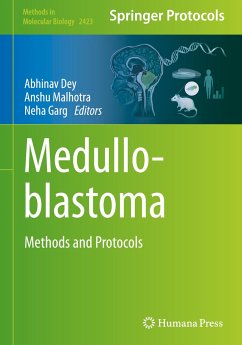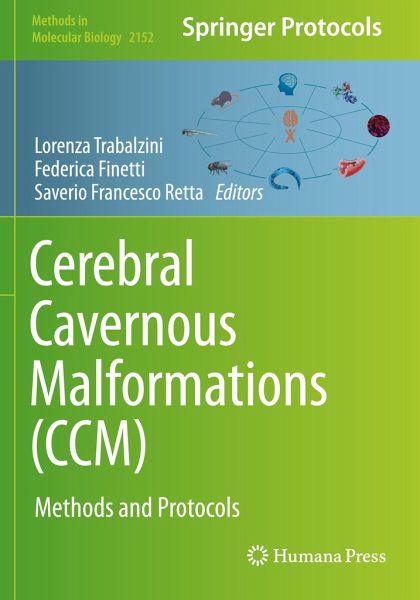
Cerebral Cavernous Malformations (CCM)
Methods and Protocols
Herausgegeben: Trabalzini, Lorenza; Finetti, Federica; Retta, Saverio Francesco
Versandkostenfrei!
Versandfertig in 6-10 Tagen
91,99 €
inkl. MwSt.

PAYBACK Punkte
46 °P sammeln!
This volume provides experimental approaches aimed to characterize the Cerebral Cavernous Malformations (CCM) disease and to define the cellular and molecular mechanisms underlying this pathology. Chapters are divided into four sections providing a general overview of the natural history, epidemiology, and pathogenetic mechanisms of CCM disease, describing methods currently used for diagnosis and treatment, production and analysis of distinct cellular and animal models in which CCM can be studied, and different methodological approaches to study the mechanisms underlying the CCM onset and prog...
This volume provides experimental approaches aimed to characterize the Cerebral Cavernous Malformations (CCM) disease and to define the cellular and molecular mechanisms underlying this pathology. Chapters are divided into four sections providing a general overview of the natural history, epidemiology, and pathogenetic mechanisms of CCM disease, describing methods currently used for diagnosis and treatment, production and analysis of distinct cellular and animal models in which CCM can be studied, and different methodological approaches to study the mechanisms underlying the CCM onset and progression. Written in the highly successful Methods in Molecular Biology series format, chapters include introductions to their respective topics, lists of the necessary materials and reagents, step-by-step, readily reproducible laboratory protocols, and tips on troubleshooting and avoiding known pitfalls.
Authoritative and cutting-edge, Cerebral Cavernous Malformations (CCM): Methods and Protocols aims to ensure successful results in the further study of this complex disease and its pathophysiologic correlates.
Authoritative and cutting-edge, Cerebral Cavernous Malformations (CCM): Methods and Protocols aims to ensure successful results in the further study of this complex disease and its pathophysiologic correlates.



